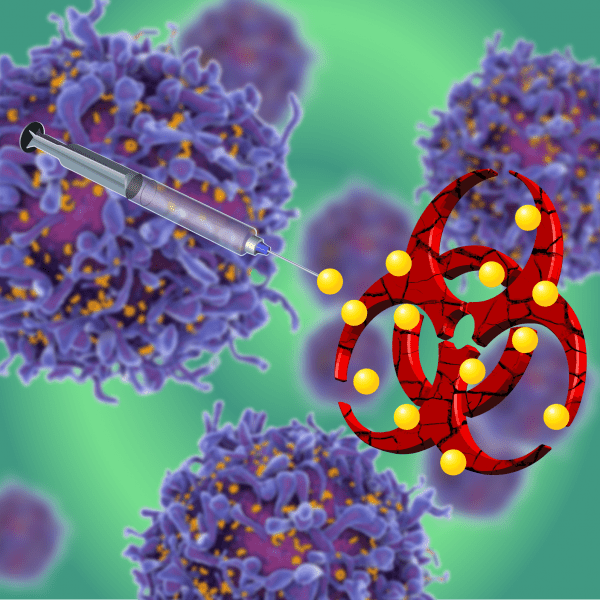The recent Ebola virus outbreak in West Africa and Zika virus outbreak in many parts of the world have raised significant concerns for public preparedness against fatal pathogens. As witnessed recently, the natural transmission of new emerging pathogens or intentional dissemination of biological warfare agents can cause widespread fear and economic and social disruption. Therefore, preventive countermeasures against infectious pathogens and biological warfare agents are urgently needed to address this urgent issue of national security and global health. Preventive vaccines may offer solutions to these unmet medical needs. However, efforts to develop vaccines against emerging infectious pathogens have been hampered by safety issues and limited efficacy of traditional vaccines.
On the other hand, the available evidence indicates that particulate vaccine delivery systems — which utilize nano- or micro-particulate carriers to protect and deliver vaccine components — offer key advantages over traditional approaches. Particulate vaccines may minimize side effects due to the use of biocompatible biomaterials. They may also target vaccine components to the right immune cells and tissues, thereby triggering robust immune responses against pathogens. Particulate systems may also protect and stabilize vaccine components, thus allowing for long-term storage without cold-chain. Thus, vaccine nanoparticles and microparticles are promising platforms for clinical development. A new review summarizes the current status of research efforts to develop particulate vaccine delivery systems against emerging infectious pathogens and bioterrorism agents.
“With the recent outbreaks of Ebola virus and Zika virus, it is widely recognized that we need new strategies to prevent infectious disease outbreaks,” said Dr. James Moon, author of the article. “Our review provides a timely overview on the salient features of particulate-based vaccine delivery systems and their current research status. We also present future directions that the field needs to address to achieve clinical success.”
Read the article in WIREs Nanomedicine and Nanobiotechnology.

















